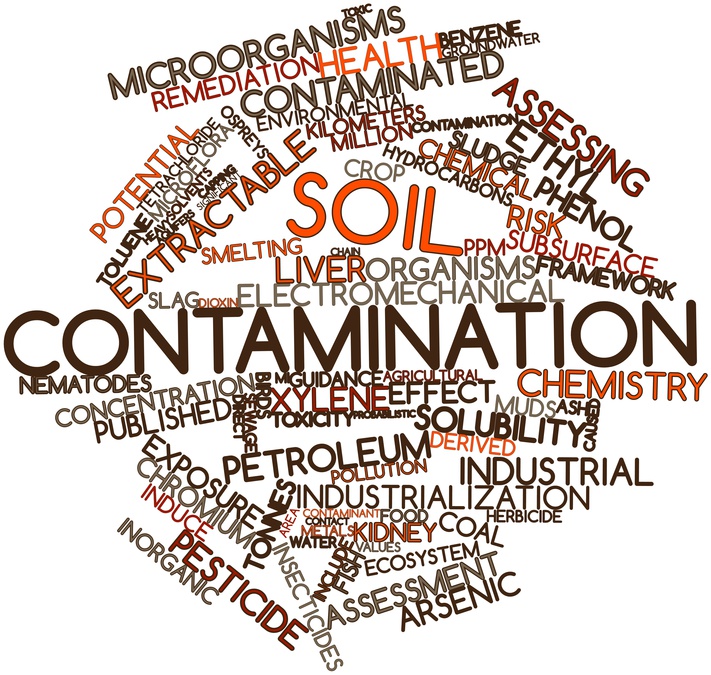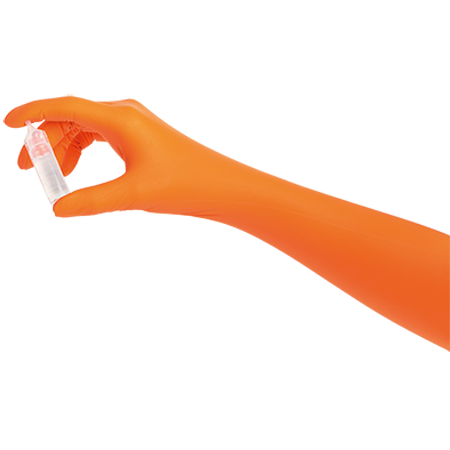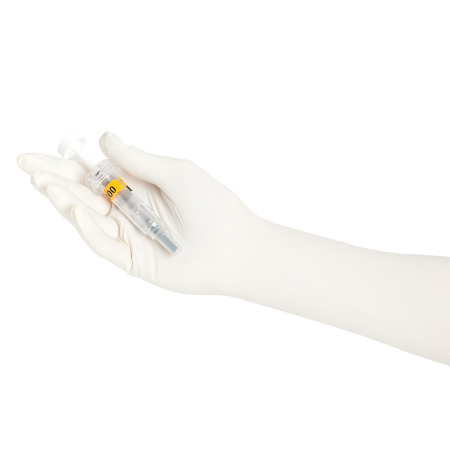GLOVING IN RNAse-FREE ENVIRONMENT

It is generally acknowledged that RNA is more prone to degradation than DNA, which may be because of the ubiquity and robustness of RNases. Accordingly researchers wishing to maintain an RNase-free environment may need to be more vigilant. Whilst human skin has long been recognised as a source of RNase contamination, simply wearing gloves may not provide a suitable barrier. This is because either the gloves have become contaminated by human contact or the cleanliness of the glove is not sufficient to ensure that they are RNase-free. Accordingly here are some tips for gloving in an RNase-free environment:
1) As nitrile offers higher abrasion resistance than latex, use only nitrile gloves.
2) To avoid cross-contamination, use only individually pair-packed gloves. Ideally these will be sterile gloves, which will minimise the risk of microbial contamination that could be a major source of RNases.
3) Adopt aseptic donning technique, thereby avoiding human contact with the outer part of gloves.
4) Use longer length gloves (≥ 30cm) to provide complete overlap with the sleeve and to ensure that there is no risk of skin shedding from the wrist.
5) Select gloves that are certified RNase-free.
Bibliography
1. Avoiding Ribonuclease Contamination (CLICK HERE)
2. Working with RNA: the basics – Avoiding, detecting and inhibiting RNase (CLICK HERE)
3. Working with RNA: Hints and Tips (CLICK HERE)
4. Working with RNA – Establish an RNase-free environment (CLICK HERE)
SHIELDskin™ ORANGE NITRILE™ 300 Sterile and SHIELDskin XTREME™ Sterile White Nitrile 330 DI+ are certified DNAse and RNAse-free gloves.
Share this interesting information


